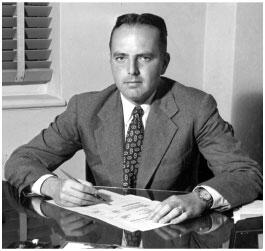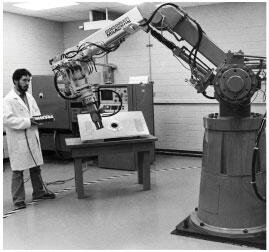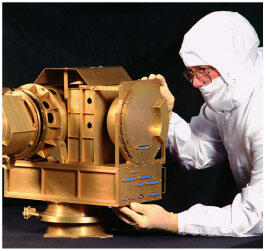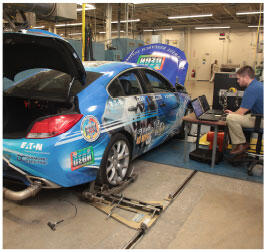Thomas Baker Slick Jr. — an adventurer, philanthropist and oilman — founded SwRI on a South Texas ranch in 1947. After recruiting talent from across the nation, he challenged his team of scientists and engineers to seek revolutionary advancements through advanced science and applied technology. That spirit lives on today. SwRI endures as one of the oldest, independent nonprofit organizations in the United States, providing innovative science, technology, and engineering services to government and commercial clients around the world.
History
History of SwRI
SwRI began as a vision and developed into a reality beyond our founder’s wildest dreams. What started out as a small operation on a converted cattle ranch has grown to more than 2 million square feet of state-of-the-art laboratories, facilities, and offices.
SwRI Historical Video




